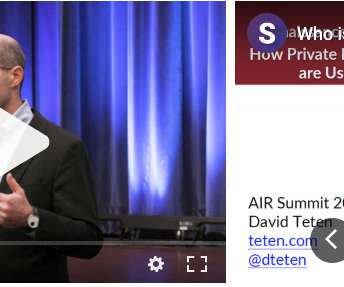Seed Stage Funding 101: What it Is & How it Works
The Startup Magazine
AUGUST 11, 2023
The following is a condensed explanation of seed funding: Seed money is a form of early-stage financing that new businesses receive from investors in exchange for a share of ownership in the company. The term “seed financing” refers to the stage of funding that comes from first equity.
















Let's personalize your content